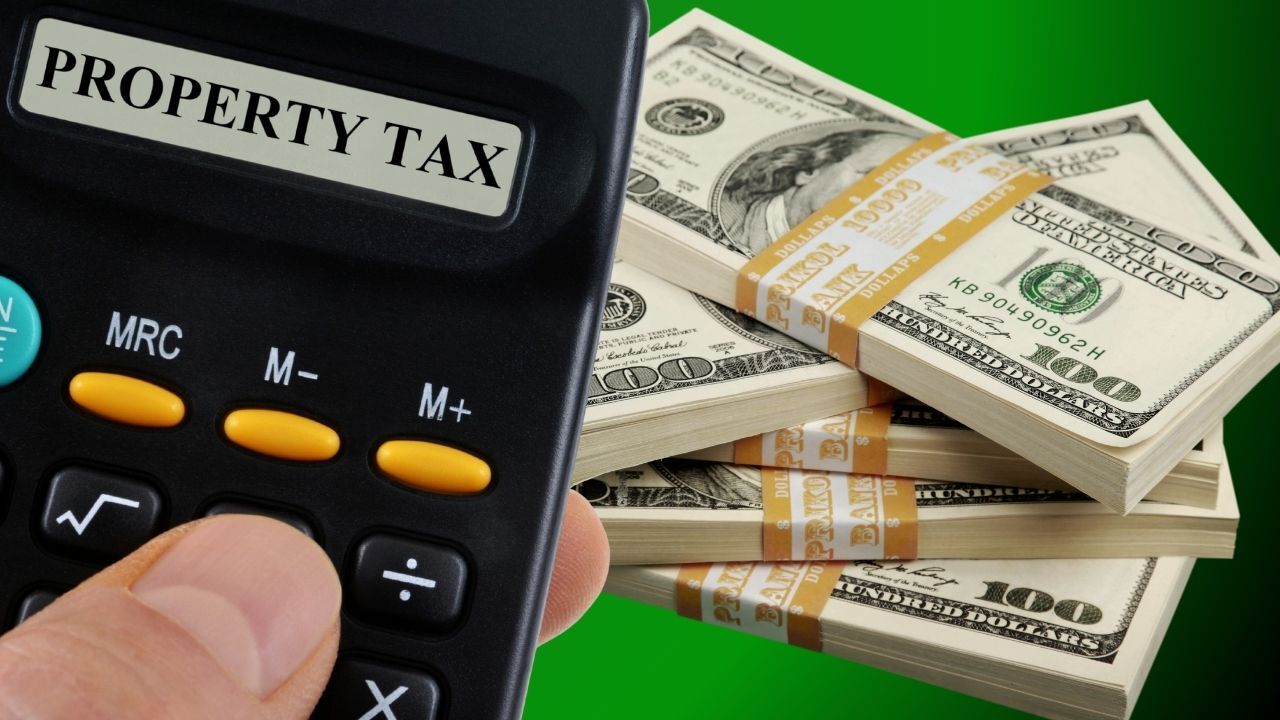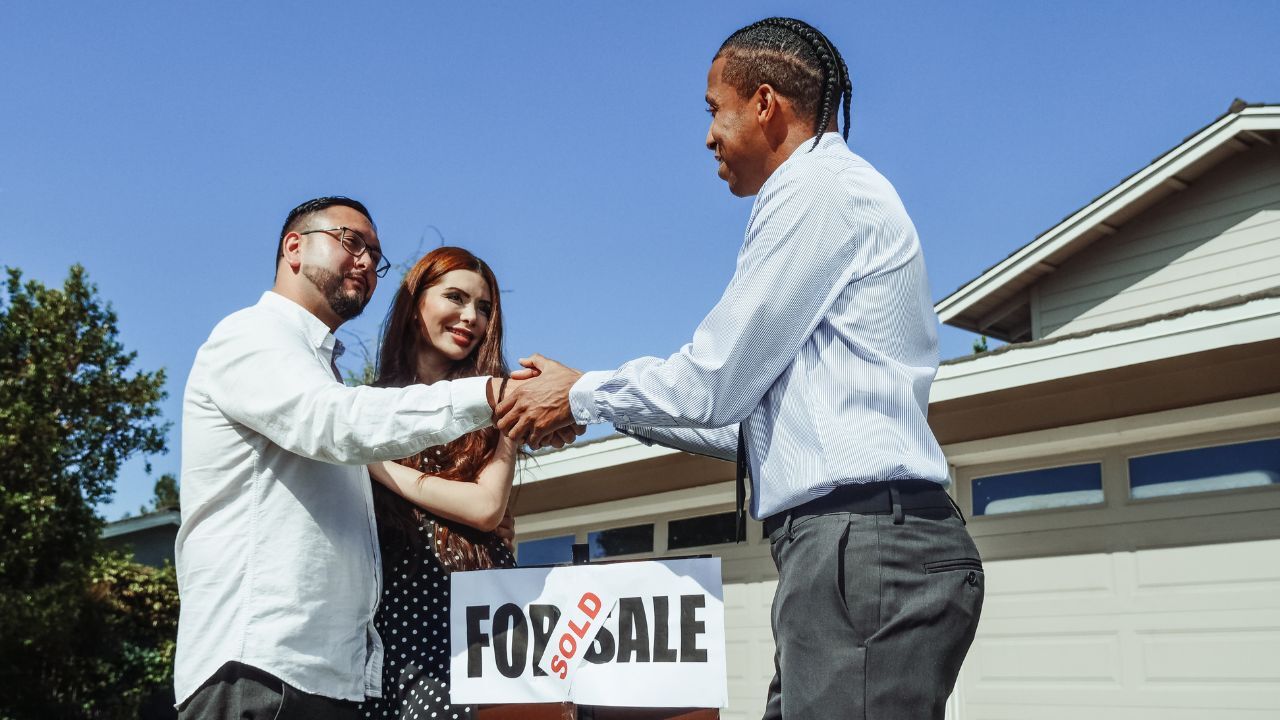 Buying your next home is an exciting milestone, but it also comes with important financial decisions. Whether you are upgrading, downsizing, or relocating, preparation is key. Market conditions evolve, lending standards change, and personal finances shift over time. These seven essential tips will help you approach the process with clarity and confidence.
Buying your next home is an exciting milestone, but it also comes with important financial decisions. Whether you are upgrading, downsizing, or relocating, preparation is key. Market conditions evolve, lending standards change, and personal finances shift over time. These seven essential tips will help you approach the process with clarity and confidence.
Plan Early for Your Down Payment
Your down payment is the amount you contribute upfront toward the purchase price of your home. This amount is typically a percentage of the total price and varies based on loan type and qualifications. Creating a savings plan early allows you to set realistic expectations and reduce stress later. Establish a timeline, build a budget, and consistently set funds aside so you are ready when the right home comes along.
Budget for Closing Costs
Beyond the down payment, buyers should plan for closing costs. These expenses often range between 2% and 4% of the loan amount and include items such as title services, insurance, and recording fees. Understanding these costs in advance prevents last-minute surprises and helps you manage cash flow at closing.
Monitor and Protect Your Credit
Your credit profile plays a major role in loan eligibility and interest rates. Pay attention to payment history, credit usage, and the length of your credit accounts. Avoid opening new credit lines or making large purchases during the home buying process. Stable financial behavior can improve loan terms and reduce overall borrowing costs.
Get Pre-Approved Before You Shop
A mortgage pre-approval gives you a clear picture of what you can afford and strengthens your position when making an offer. The process involves verifying income, assets, and credit to estimate loan terms and costs. While pre-approval is not final approval, it helps you shop with confidence and shows sellers you are a serious buyer.
Work With a Knowledgeable Real Estate Professional
An experienced real estate agent provides market insight, access to available homes, and guidance throughout negotiations. They help you evaluate pricing, identify opportunities, and navigate offers and contracts. Having professional representation ensures your interests are protected from start to finish.
Never Skip the Home Inspection
A home inspection reveals the true condition of the property. It can identify structural issues, system concerns, or deferred maintenance that may not be visible during a showing. Inspection findings can be used to negotiate repairs or pricing, potentially saving you significant costs after closing.
Stay Within a Comfortable Budget
Buying at the top of your budget can limit financial flexibility. It is important to leave room for ongoing expenses, maintenance, and unexpected costs. A balanced budget supports long-term comfort and financial stability, not just the purchase itself.
Buying a home is more than a transaction, it is a lifestyle decision. Preparation, planning, and professional guidance help ensure a smoother experience and a purchase you feel confident about.
 Buying a home is already a major decision, but when you are navigating a shared custody schedule, the process becomes even more personal and complex. Location, school boundaries, commute times, and daily logistics all play a larger role in your home search.
Buying a home is already a major decision, but when you are navigating a shared custody schedule, the process becomes even more personal and complex. Location, school boundaries, commute times, and daily logistics all play a larger role in your home search. Older homes have charm, character, and architectural details that newer properties often lack. From original hardwood floors to vintage craftsmanship, they can feel timeless and full of personality. However, behind the charm can come age-related challenges that buyers should not overlook. Understanding how to budget for repairs and updates helps buyers make informed decisions and protects their investment long after closing.
Older homes have charm, character, and architectural details that newer properties often lack. From original hardwood floors to vintage craftsmanship, they can feel timeless and full of personality. However, behind the charm can come age-related challenges that buyers should not overlook. Understanding how to budget for repairs and updates helps buyers make informed decisions and protects their investment long after closing. A home inspection is one of the most important steps in the home buying process. It gives buyers a clear picture of the property’s condition and can uncover issues that are not visible during a showing. From roofing problems to electrical concerns, an inspection helps ensure you know exactly what you are purchasing. However, once the report arrives, the next step, and negotiating repairs, can feel overwhelming.
A home inspection is one of the most important steps in the home buying process. It gives buyers a clear picture of the property’s condition and can uncover issues that are not visible during a showing. From roofing problems to electrical concerns, an inspection helps ensure you know exactly what you are purchasing. However, once the report arrives, the next step, and negotiating repairs, can feel overwhelming. Buying a home is one of life’s biggest milestones, but it also comes with ongoing responsibilities that many first-time buyers overlook. The purchase price and mortgage are only part of the picture. Once the excitement of closing day fades, new homeowners often discover a range of hidden costs that can affect their monthly budgets and long-term financial stability.
Buying a home is one of life’s biggest milestones, but it also comes with ongoing responsibilities that many first-time buyers overlook. The purchase price and mortgage are only part of the picture. Once the excitement of closing day fades, new homeowners often discover a range of hidden costs that can affect their monthly budgets and long-term financial stability. When buying a home, location is often cited as the most important factor. One element of location that has gained attention is walkability. Walkability scores measure how easy it is to access amenities like grocery stores, restaurants, schools, and parks by walking. Understanding walkability can help buyers evaluate lifestyle benefits and potential resale value.
When buying a home, location is often cited as the most important factor. One element of location that has gained attention is walkability. Walkability scores measure how easy it is to access amenities like grocery stores, restaurants, schools, and parks by walking. Understanding walkability can help buyers evaluate lifestyle benefits and potential resale value. Buying a home can be stressful, especially in competitive markets. Knowing when a seller is motivated to sell can give you a strategic edge, allowing you to make offers that are more likely to be accepted while potentially saving money. Understanding the signs of a motivated seller and how to approach the situation can help buyers navigate negotiations confidently.
Buying a home can be stressful, especially in competitive markets. Knowing when a seller is motivated to sell can give you a strategic edge, allowing you to make offers that are more likely to be accepted while potentially saving money. Understanding the signs of a motivated seller and how to approach the situation can help buyers navigate negotiations confidently. When you are planning to buy a home, there is one number that should never be overlooked: property taxes.
When you are planning to buy a home, there is one number that should never be overlooked: property taxes. In today’s competitive real estate market, many buyers are faced with the challenge of competing against cash offers. Cash buyers often have an advantage because their offers are faster, less likely to fall through, and more attractive to sellers. However, not having cash on hand does not mean you cannot succeed. With the right strategies and preparation, you can compete effectively and win your dream home.
In today’s competitive real estate market, many buyers are faced with the challenge of competing against cash offers. Cash buyers often have an advantage because their offers are faster, less likely to fall through, and more attractive to sellers. However, not having cash on hand does not mean you cannot succeed. With the right strategies and preparation, you can compete effectively and win your dream home. Touring homes is one of the most exciting parts of the homebuying process. But it’s easy to get caught up in the moment, beautiful staging, new finishes, or fresh paint can sometimes distract from more important details. That’s why having a checklist is essential.
Touring homes is one of the most exciting parts of the homebuying process. But it’s easy to get caught up in the moment, beautiful staging, new finishes, or fresh paint can sometimes distract from more important details. That’s why having a checklist is essential.